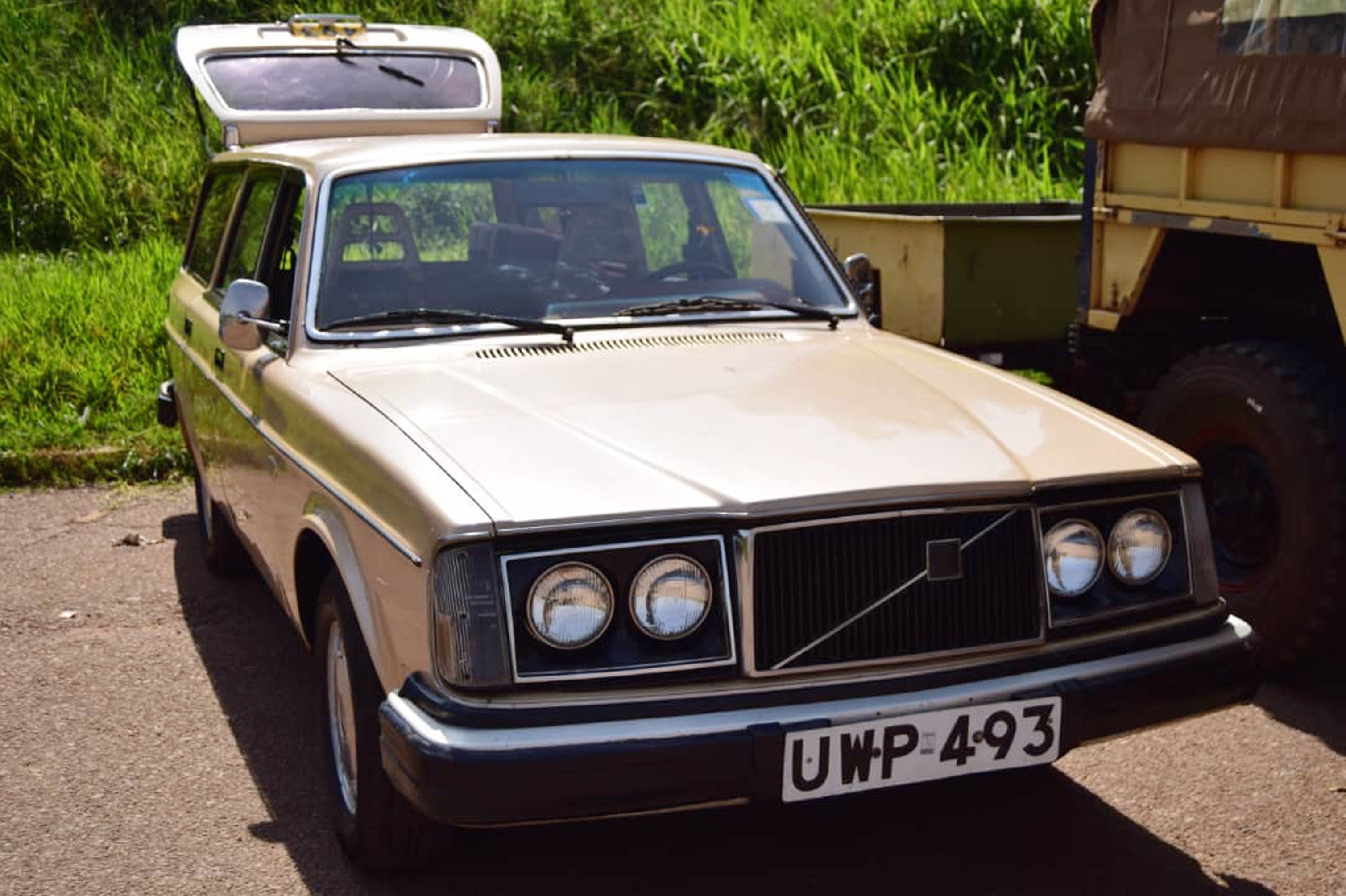My Volvo was almost cut into scrap-Nsubuga

What you need to know:
- Not all mechanics understand the technology of vintage cars such as Volvo. The mechanic should understand your car’s technology.
When you get close to Abby Nsubuga’s Volvo, you will be striken by its vintage number plate. You may wonder which year it was registered in Uganda.
Registered with UWP 493 and a 1976 model by manufacture, Nsubuga has owned the Swedish brand station wagon for 10 years. Initially, the 47-year old car belonged to his father before he sold it. For a long time, Nsubuga looked for the car until he gave up. He was later tipped off by a friend that it had been parked at a garage at Bukesa, a Kampala suburb.
“I went to the garage, convinced the owners and bought it. At the time, it was in a non-usable mechanical state. The only presentable part on it was the body. The interior seats and cushions were rotten and the engine could not start. The garage owners were about to cut the whole car into scrap metals,” Nsubuga recalls.
When he travelled to Dubai and Europe after buying the car, he sourced for some few parts and bought a nose cut of a 1980 Volvo model. When he returned to Uganda, he exchanged parts such as the engine and doors from the 1980 model to fit them on it. The only component the 1980 model never had was the double differential, mechanically known as double diff.
“I also replaced the engine but parts such as the floor were restored locally because the original floor had become completely hollow. It took me two years to restore it into a motorable condition. Restoration of vintage cars is an unending and challenging process. Sourcing for spare parts is hard. I had to travel to Europe to look for spares from older versions that are no longer in use but they were also not in the best mechanical condition,” Nsubuga adds.
Not all mechanics understand the technology of vintage car brands. Nsubuga was, however, lucky that his mechanic, who previously worked with the Volvo franchise in Uganda and has a garage at Bulange in Mengo, in Kampala, is the one who had repaired the car since it was new.
“The mechanic has maintained the car since the time it was new. He has its mechanical history on his fingertips. I take long to do service and maintenance because I do not drive it daily. When I drive, it is for about three hours and thereafter park it again. I service it twice a year and averagely spend Shs600,000 per garage visit,” he says.
Since it is an old car, it runs on a 245D petrol engine and Nsubuga usually experiences mechanical problems, the commonest with brakes, which wear out quite often. The brake master cylinder had become old and the component where the rubbers sit had widened that it was hard to fix every time it wore out, until he modified and swapped it with that of an older version of the Subaru Outback with which the Volvo is in the same classification- a station wagon.
A manual transmission car that runs on a four-gear 2000cc petrol engine, it is impossible to know the mileage per litre of the Volvo because its fuel gauge is defunct. You just have to keep refueling. The only aspect about fuel Nsubuga knows is that its tank capacity is 65 litres.
According to my-cardictionary, an online portal, the master cylinder, converts the pressure on the brake pedal to hydraulic pressure by feeding brake fluid into the brake circuit and controlling this according to the mechanical force. Master brake cylinders are used both in disc brakes and drum brakes.




